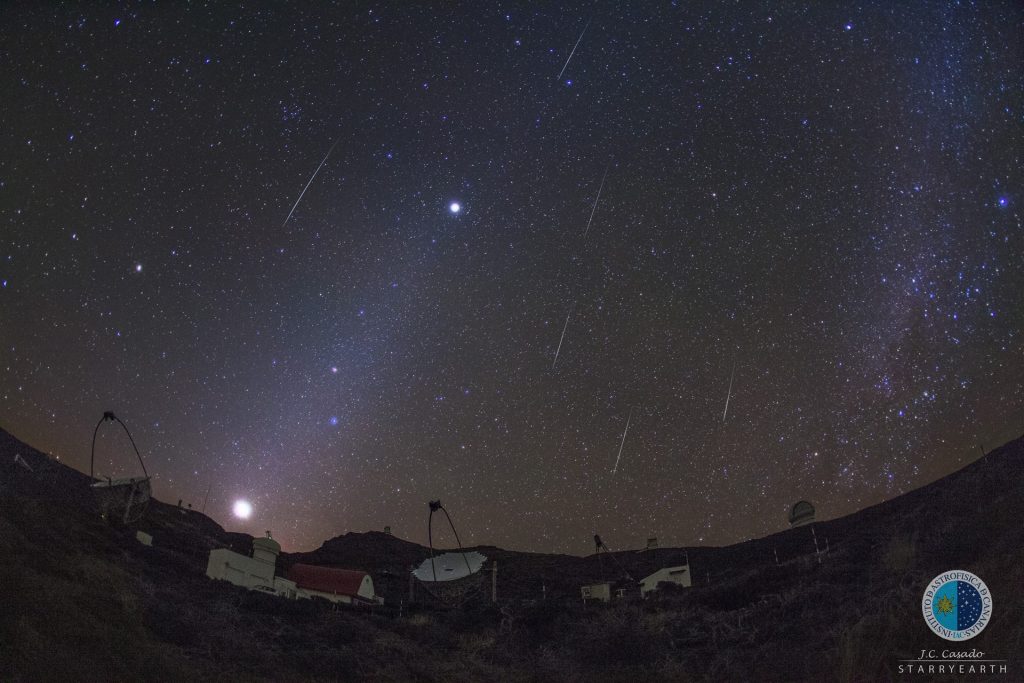On 5 May, residents of the Canary Islands will have a chance to witness the spectacular Eta Aquarids meteor shower, provided the weather cooperates.
This event is particularly momentous as Halley’s Comet, the source of the Eta Aquarids, will not approach Earth again until 2061.
Viewing Times in the Canary Islands
The best time to observe this celestial display is on the night from Sunday to Monday, starting around 22:00 across the islands.
Prime Viewing Locations in the Canary Islands

The Canary Islands boast three areas designated as Starlight Reserves, providing optimal conditions for stargazing. Each island features spots particularly suited for observing this astronomical event:
- In Tenerife, the El Palmar viewpoint offers a prime stargazing spot.
- El Hierro’s Orchilla lighthouse provides a unique viewing experience.
- La Gomera’s Alto de Garajonay sits at an altitude of 1,487 metres, perfect for clear sky observations.
- La Palma’s Mirador de San Borondón viewpoint provides a breathtaking setting.
- Gran Canaria’s Llanos de Garañon, at 1,700 metres, offers expansive views.
- Fuerteventura’s Morro Velosa viewpoint allows viewers to even catch a glimpse of the North Star.
- On Lanzarote and La Graciosa, the Peñas del Chache viewpoint is ideal for astronomical observations.
About the Eta Aquarids and Halley’s Comet

The Eta Aquarids, along with the Orionids meteor shower in October, originate from Halley’s Comet. The National Astronomical Observatory reports that these meteors peak at 40 to 85 per hour, traveling at speeds of about 66 kilometres per second. The radiant of the Eta Aquarids, the point in the sky from which the meteors appear to emerge, is located near the star Eta in the constellation Aquarius, hence the shower’s name.
Meteor showers occur when Earth passes through a debris field left by comets, such as Comet 1/P Halley, which orbits the Sun every 76 years and was last seen from Earth in 1986. As these meteoroids enter Earth’s atmosphere, they burn up due to air friction, creating the brilliant streaks of light known as meteors or shooting stars. The Eta Aquarids are one of two showers caused by Halley’s Comet, the other being the Orionids, which peak around 21 October.






